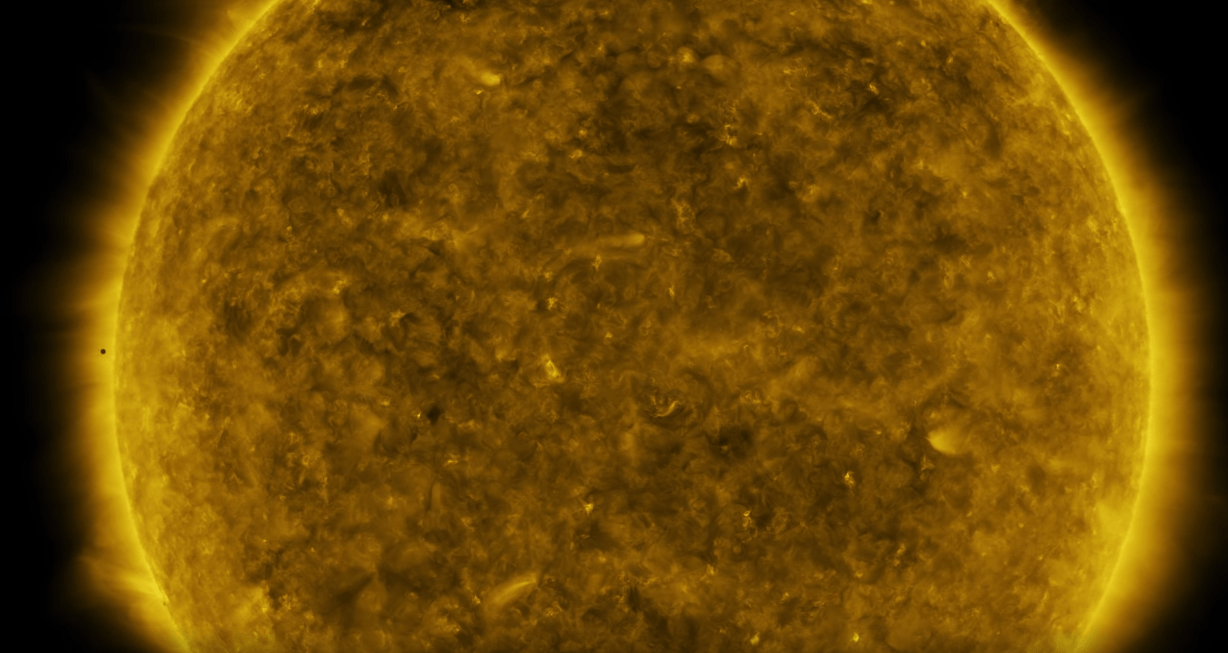The sun constantly cycles between periods of activity and periods of inactivity, and a new technique allows scientists to better predict when things will start getting interesting.
Continue reading “Scientists are much better at predicting when the Sun is going to become more active”The Solar System Might Not Exist if There Wasn’t a Huge Galactic Collision with the Milky Way Billions of Years Ago
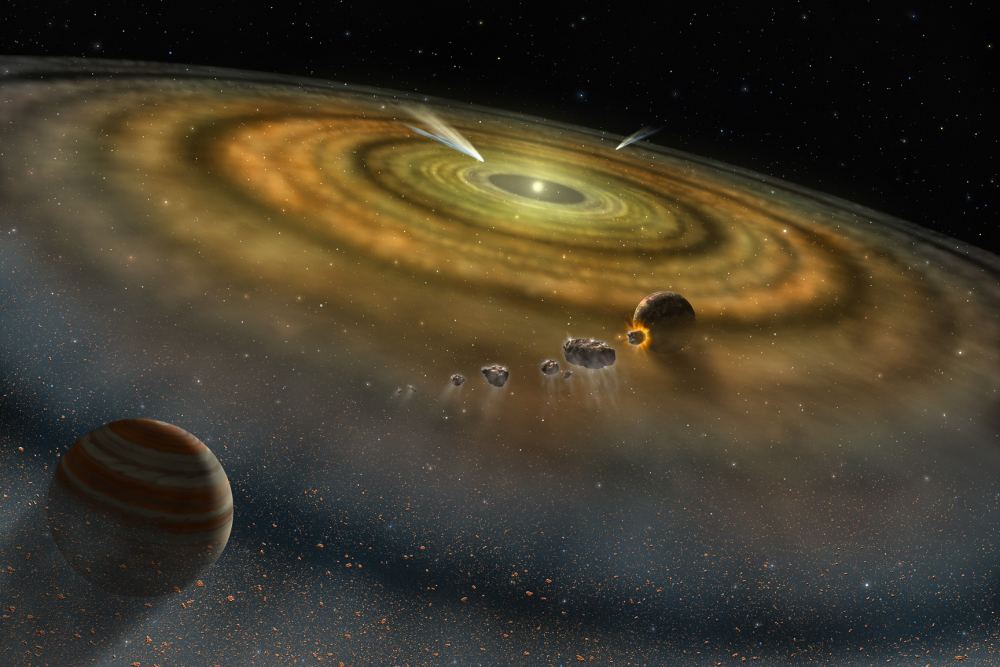
The Milky Way has a number of satellite galaxies; nearly 60 of them, depedending on how we define them. One of them, called the Sagittarius Dwarf Spheroidal Galaxy (Sgr d Sph), may have played a huge role when it comes to humans, our world and our little civilization. A collision between the Milky Way and the Sgr d Sph may have created the Solar System itself.
Continue reading “The Solar System Might Not Exist if There Wasn’t a Huge Galactic Collision with the Milky Way Billions of Years Ago”The heliosphere looks a lot weirder than we originally thought
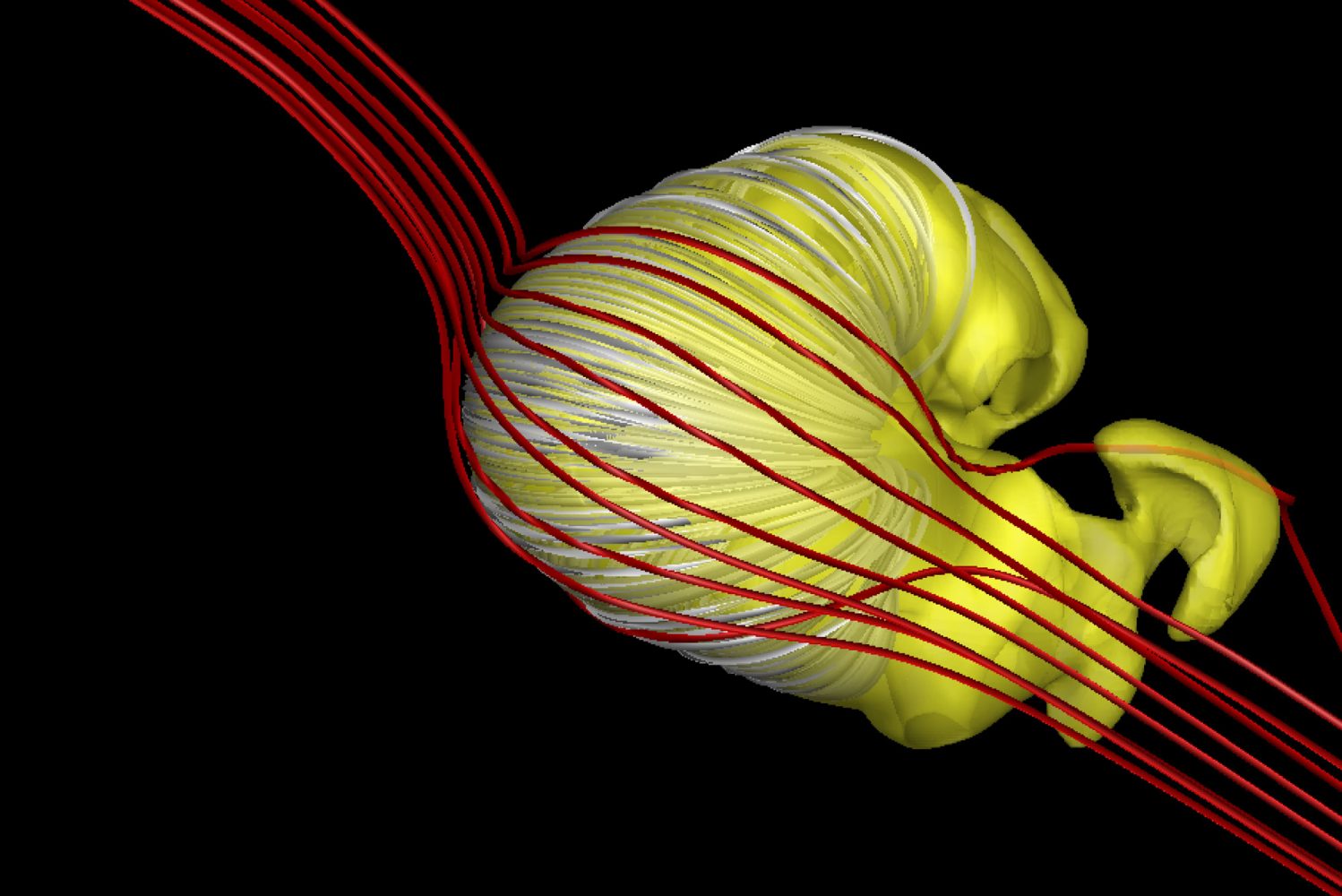
Every second of every day, our sun spits out a stream of tiny high-energy particles, known as the solar wind. This wind blows throughout the solar system, extending far beyond the orbits of the planets and out into interstellar space.
But the farther from the sun the wind gets, the more slowly it streams, changing from the raging torrent that the inner planets experience (strong enough to cause the aurora) into nothing more than an annoying drizzle. And far enough away – about twice the orbit of Neptune – it meets and mingles with all the random bits of energetic junk just floating around amongst the stars.
Continue reading “The heliosphere looks a lot weirder than we originally thought”Destructive Super Solar Storms Hit Us Every 25 Years Or So
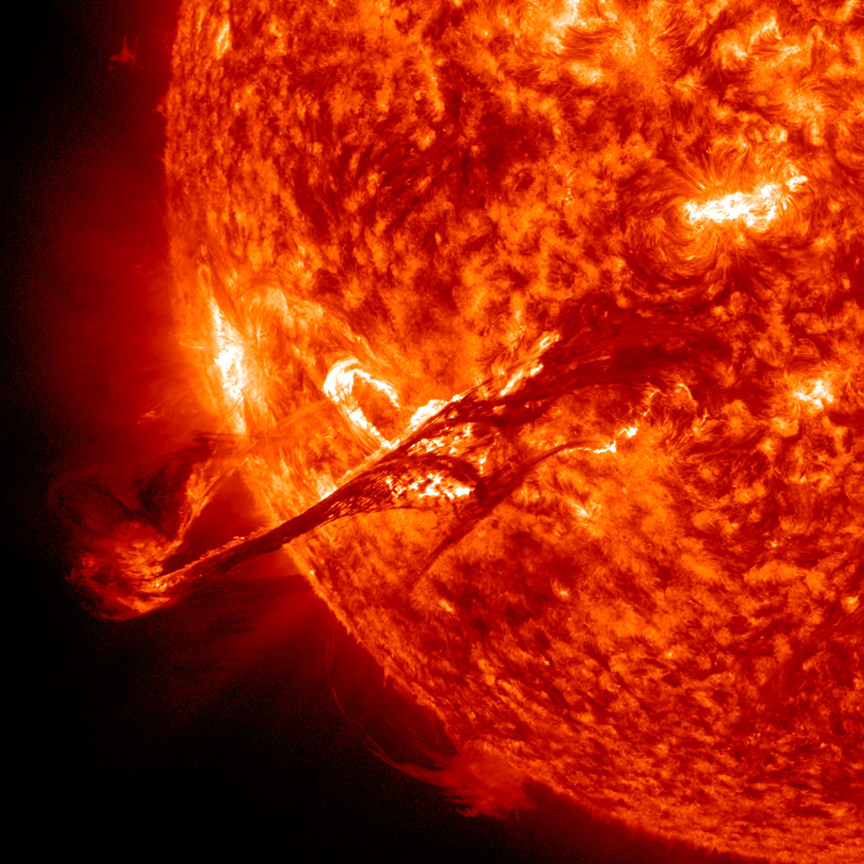
Solar storms powerful enough to wreak havoc on electronic equipment strike Earth every 25 years, according to a new study. And less powerful—yet still dangerous—storms occur every three years or so. This conclusion comes from a team of scientists from the the University of Warwick and the British Antarctic Survey.
These powerful storms can disrupt electronic equipment, including communication equipment, aviation equipment, power grids, and satellites.
Continue reading “Destructive Super Solar Storms Hit Us Every 25 Years Or So”Satellites Watched Mercury’s Transit From Space, Confirming That Yes, the Sun Has At Least One Planet
Do you wonder how astronomers find all those exoplanets orbiting stars in distant solar systems?
Mostly they use the transit method. When a planet travels in between its star and an observer, the light from the star dims. That’s called a transit. If astronomers watch a planet transit its star a few times, they can confirm its orbital period. They can also start to understand other things about the planet, like its mass and density.
The planet Mercury just transited the Sun, giving us all an up close look at transits.
Continue reading “Satellites Watched Mercury’s Transit From Space, Confirming That Yes, the Sun Has At Least One Planet”Power Grids and Satellites Are More at Risk from Extreme Solar Storms Than We Thought
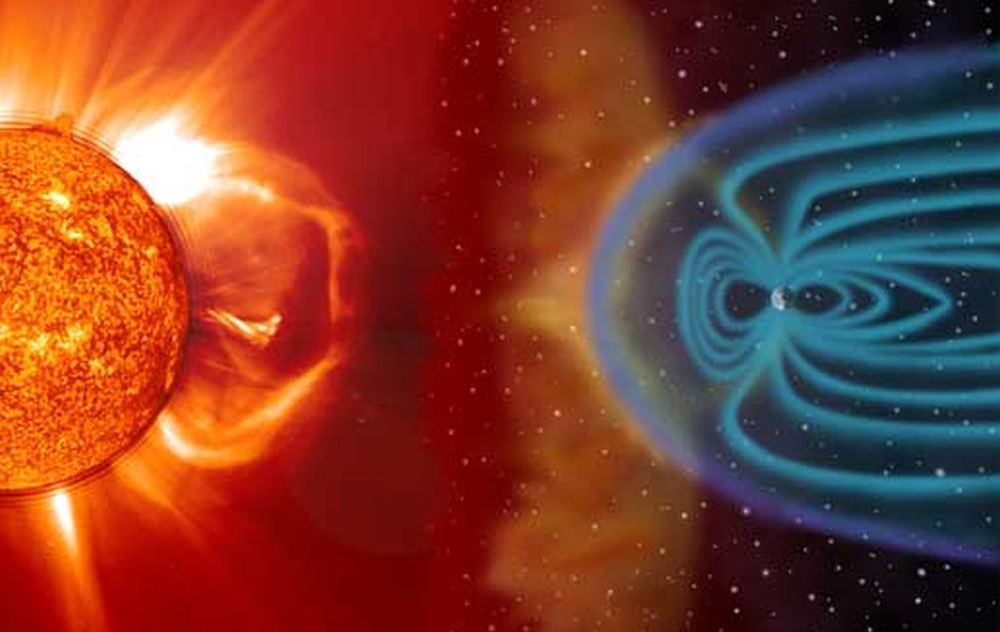
Exactly how dangerous are solar storms? Scientists think the Carrington Event was one of the most powerful ones to ever hit Earth. They also think that storms that powerful only happen every couple centuries or so. But a new study says we can expect more storms equally as strong, and more often.
Continue reading “Power Grids and Satellites Are More at Risk from Extreme Solar Storms Than We Thought”This Star Has Reached the End of its Life
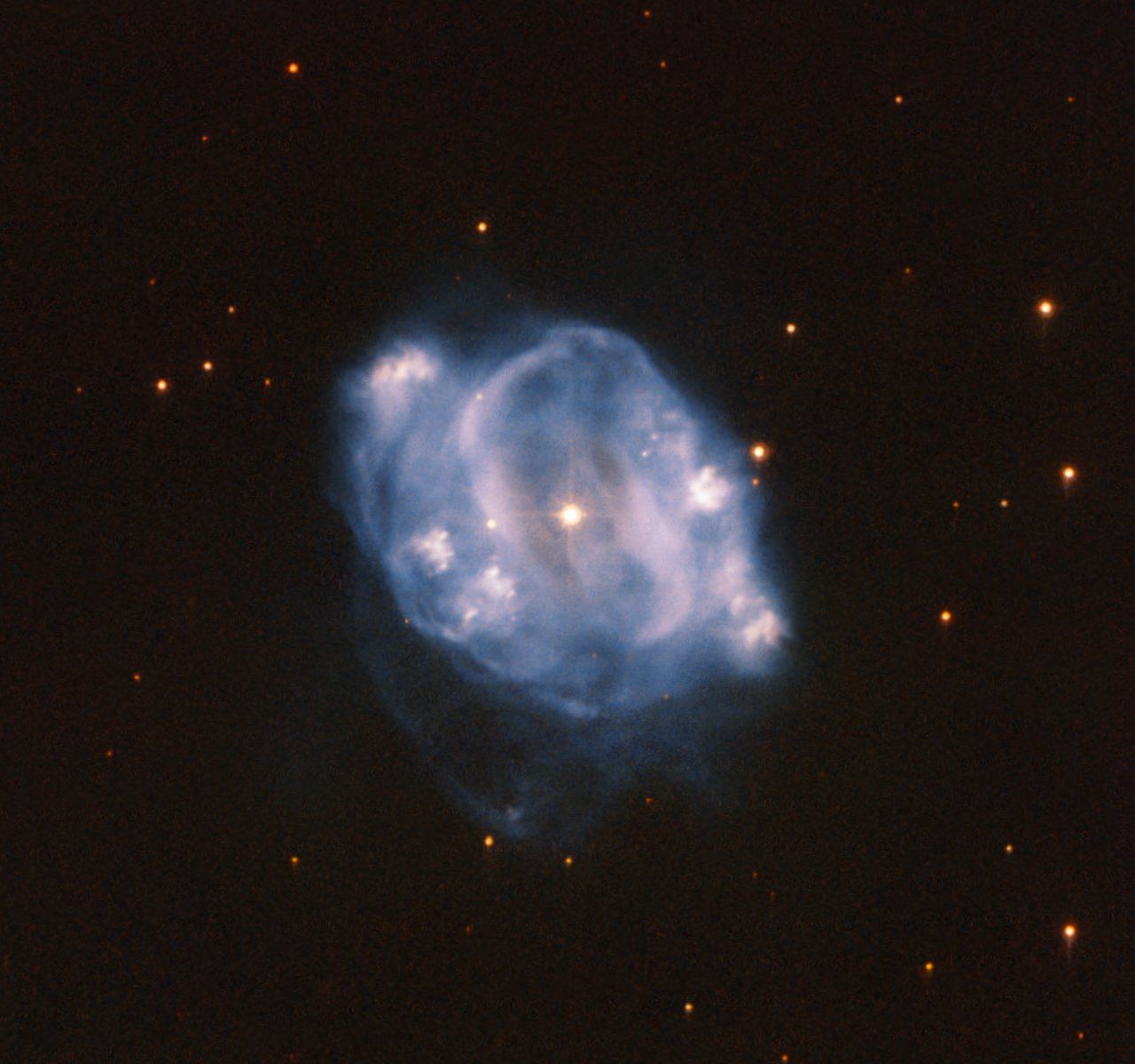
About 10,000 light years away, in the constellation Centaurus, is a planetary nebula called NGC 5307. A planetary nebula is the remnant of a star like our Sun, when it has reached what can be described as the end of its life. This Hubble image of NGC 5307 not only makes you wonder about the star’s past, it makes you ponder the future of our very own Sun.
Continue reading “This Star Has Reached the End of its Life”When it Comes to Gamma Radiation, the Moon is Actually Brighter Than the Sun
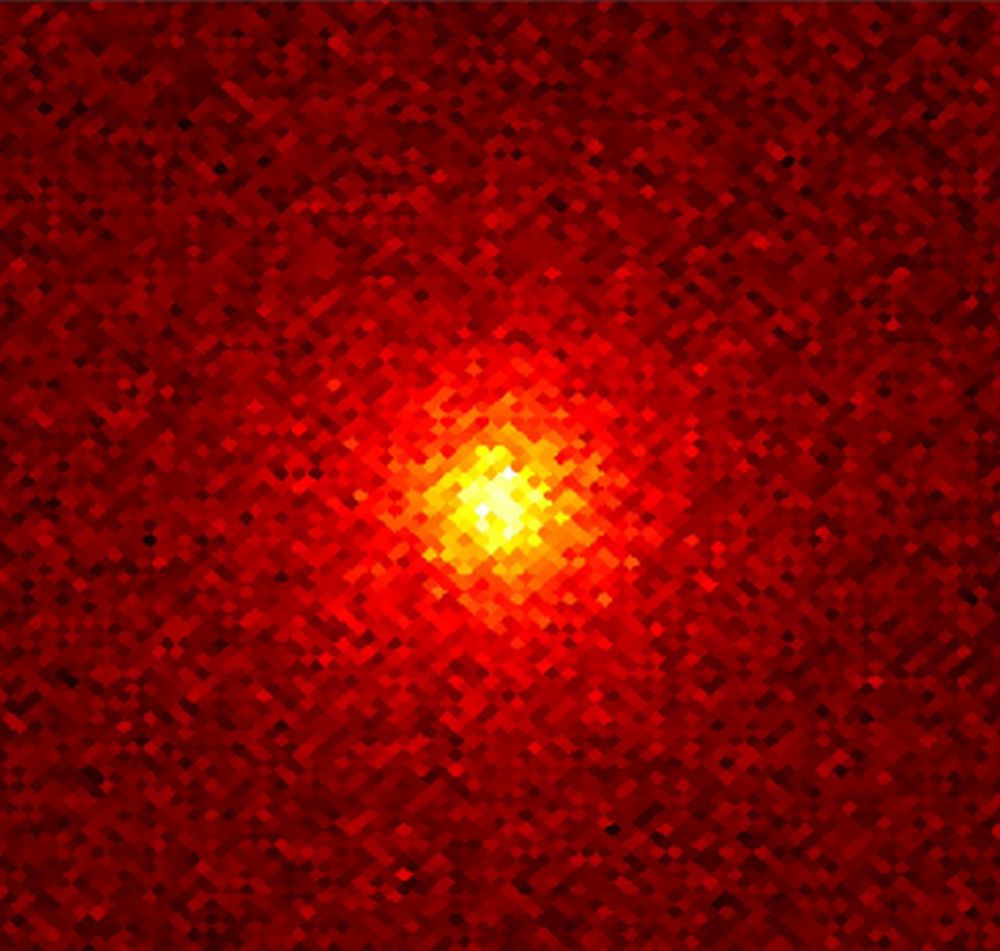
The eerie, hellish glow coming from the Moon may seem unreal in this image, since it’s invisible to our eyes. But instruments that detect gamma rays tell us it’s real. More than just a grainy, red picture, it’s a vivid reminder that there’s more going on than meets human eyes.
It’s also a reminder that any humans that visit the Moon need to be protected from this high-energy radiation.
Continue reading “When it Comes to Gamma Radiation, the Moon is Actually Brighter Than the Sun”How The Sun’s Scorching Corona Stays So Hot

We’ve got a mystery on our hands. The surface of the sun has a temperature of about 6,000 Kelvin – hot enough to make it glow bright, hot white. But the surface of the sun is not its last later, just like the surface of the Earth is not its outermost layer. The sun has a thin but extended atmosphere called the corona. And that corona has a temperature of a few million Kelvin.
How does the corona have such a higher temperature than the surface?
Like I said, a mystery.
Continue reading “How The Sun’s Scorching Corona Stays So Hot”When Does the Sun Rise… Really?
It’s strange but true. We may not fully understand one of the simplest metrics in observational astronomy: just what time does the Sun rise… really?
Continue reading “When Does the Sun Rise… Really?”

